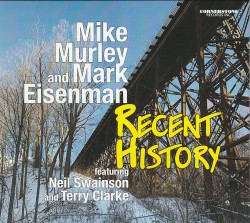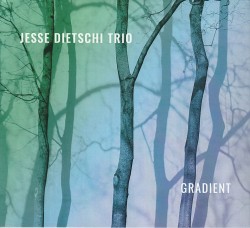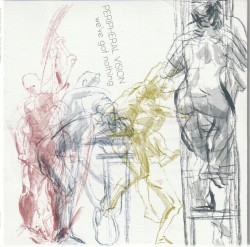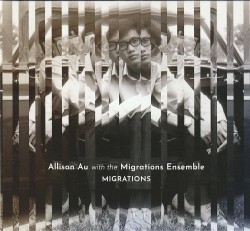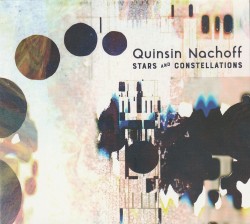Carnaval - Carl Mayotte
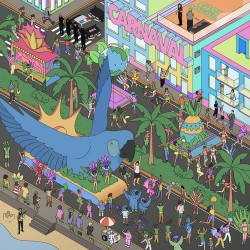 Carnaval
Carnaval
Carl Mayotte
Independent (carlmayotte.com)
Multi-faceted, bustling, exuberant and emotive, Quebecois bassist/composer/leader Carl Mayotte’s new album makes for quite the engaging listen. Mayotte consistently showcases the entire range of his instrument, using the upper register to add colour and warmth to interludes in tracks like Cascade. His use of natural harmonics and arpeggiations encompassing the fingerboard in the intro of Coeur d’enfant unlocks the electric bass as a sole creator of soundscape, which allows for a tranquil meditation before the blazing inferno that follows. Each composition in this sense feels like a living organism, never content with occupying a single space for too long, with woodwind quintet Choros often providing near breath-like reprieve from all of the endless celebratory rhythms. In terms of the instrumentation and arrangements, Mayotte draws from a consistently exhilarating palate of electronics, heavy percussion sections and acoustics, creating a synthesis of influences that are never tedious.
The tracks that make up the Carnaval suite flow seamlessly into each other but contain enough twists within them that the overarching statement itself feels more holistic than the form normally allows. This album is a very ambitious undertaking, but it never allows this vision to obscure its sense of adventure, tunefulness or grace. Central to this point is L’éveil, one of the more discreet moments to be found on the tracklist, albeit maybe its most rewarding on repeat listens. As we listen closer and closer, Mayotte leaves us with more and more wonders to discover.


